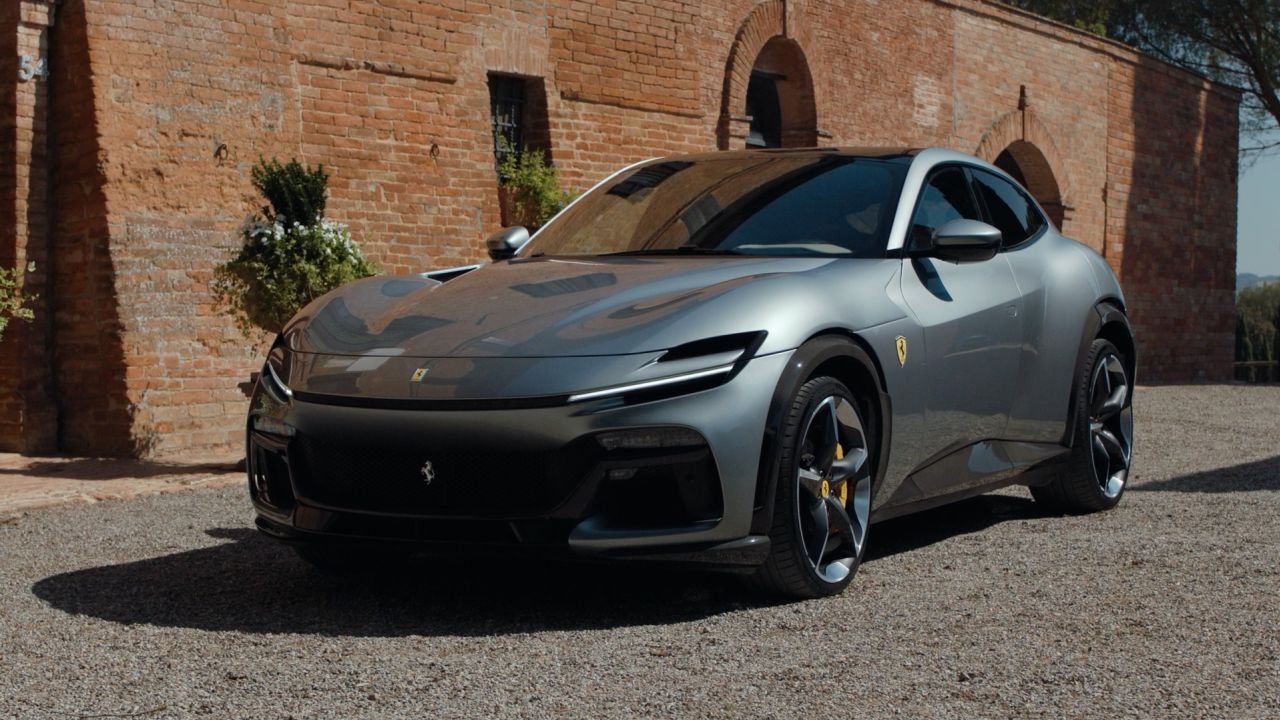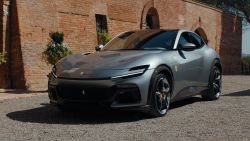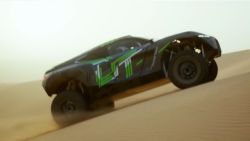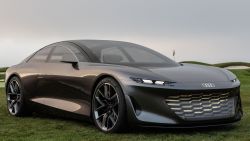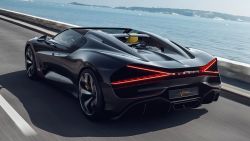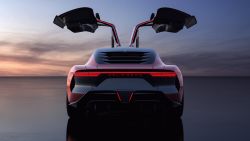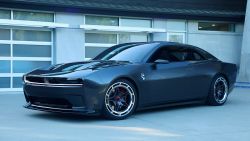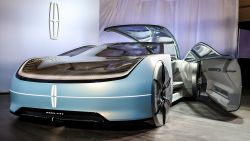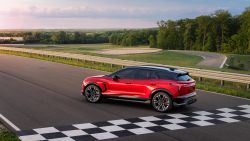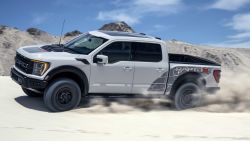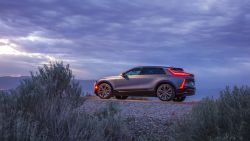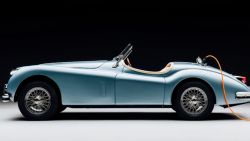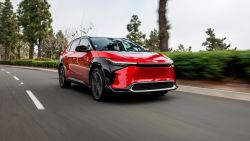Fiat Chrysler Automobiles and Groupe PSA, the French maker of Peugeot and Citroën cars, expect their merger to be complete on January 16th, the companies announced Monday. The newly combined company will be called Stellantis.
Shareholders of both companies overwhelmingly approved the merger on Monday, the automakers said.
Fiat Chrysler (FCAU) produces the Chrysler, Dodge, Ram, Jeep, Fiat, Alfa Romeo, Maserati and Lancia auto brands. PSA, meanwhile, makes Peugeot, Citroën, DS, Opel and Vauxhall cars.
Upon completion of the merger, the combined company will become the world’s fourth largest automaker, said Jeff Schuster, an analyst with LMC Automotive. Together, the companies are worth an estimated $57 billion.
In 2019, the two companies sold a combined 8 million vehicles, that’s about 3 million fewer vehicles than Volkswagen Group.
While Fiat Chrysler and PSA compete in Europe, PSA has virtually no presence in the US, where Fiat Chrysler is the fourth largest automaker in terms of sales in the country.
But Western Europe is already a highly competitive car market with an overabundance of car brands, said Bill Visnic, editorial director for the Society of Automotive Engineers. The last thing Stellantis will want is to have its own brands competing against each other.
“In 10 years or five years from now, even, I think it’s highly unlikely that that all these brands will remain,” he said.
Stellantis may have a difficult time justifying the existence of a brand like Alfa Romeo, for instance, which doesn’t sell in large numbers and has an unclear brand image among consumers, he said. It will also be challenging to have so many brands, like Opel, Fiat, Peugeot and Citroën, vying for mass market customers looking for basic transportation.
That’s less of a problem in the US. PSA doesn’t currently sell any car brands in the US. As it is, some of Fiat Chryler’s US-focused brands have little variety to offer customers. Chrysler, for example, currently sells only the 300, a large sedan, and the Pacifica and Voyager minivans.
Thin lineups like this are sustainable given Fiat Chrysler’s sales strategy, said George Karolis, president of the Presidio Group, an investment bank that works primarily with auto dealers. Almost all Fiat Chrysler dealers in the US sell all or most of the company’s brands so it’s fine if Chrysler mostly sells minivans. Customers who want an SUV can buy a Dodge or a Jeep.
And, in Jeep, Fiat Chrysler has one of the strongest automotive brands there is, one that will be a pillar for Stellantis in the US and around world.
“Jeep is a very strong core brand and a very popular product for sure,” said Karolis.
Both Fiat Chrysler and PSA have struggled to compete in the rapidly growing auto market in China, said Schuster. The merger will not immediately help with that, he said, so that would remain a challenge.
But the creation of the new company will help free up resources as Stellantis shifts toward electric and autonomous vehicle technologies, said Michelle Krebs, an analyst with Cox Automotive.
“The creation of Stellantis is simply a large-scale example of an underlying trend we’re seeing in the automobile business right now, as all serious automakers face the monumental task of reshaping their operations with an eye toward 2030, when EVs and autonomous technology will have shifted from emerging to mainstream,” she said.
This is one area where the two companies could help one another, said Schuster.
“I think there’s an [electric vehicle] expertise PSA has that FCA doesn’t,” he said. “So there’s some nice synergy there.”
Shares of Stellantis will begin trading on stock markets in Paris and Milan on Monday, January 18, and on the New York Stock Exchange the following day.
The merger requires some final regulatory approvals, the companies said, including those of the European Union and European Central Bank.
Correction: An earlier version of this story misstated George Karolis' title. He is president of the Presidio Group.

